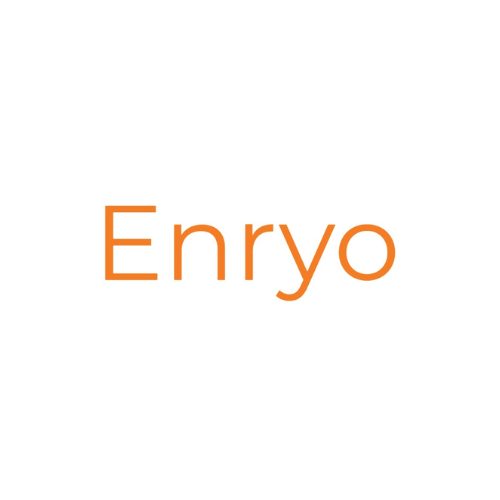Source: Ledger Insights
Yesterday, the IMF published a paper building on last year’s proposal for XC, a platform to create a global centralized ledger for cross-border payments. The platform would allow commercial banks and other payment providers to participate alongside central banks and likely forgo the need for multiple wholesale central bank digital currency (CBDC) projects. Although a distributed ledger (DLT) would be possible, it could also use a centralized database.
IMF’s XC proposal
“This is an evolution of wholesale CBDC, which is both a settlement asset and infrastructure—a platform, really,” the report notes. As we reported last year, an XC platform would not only centralize payments and settlement but also provide a foreign exchange (FX) market, hedging and compliance.
Tobias Adrian, Director of the Monetary and Capital Markets Department at the IMF and one of the paper’s authors, recently compared the XC to a “digital town square”.
“Expressed in today’s language,” he said, “the vision is for a trusted ledger, which is essentially an electronic document representing property rights on which digital versions of central bank reserves in any currency can be traded among participants.”
How would XC work?
Notably, XC does not entail the creation of a new settlement asset or currency, such as a wholesale CBDC. Instead, as Mr. Adrian points out, it would create ‘representations’ or tokenize existing central bank money.
In a nutshell, central banks would provide tokenized escrow certificates similar to CBDCs but limited to the XC platform. The underlying asset would be locked (escrowed) in its native ledger and tokenized in this new ledger. Since these central bank-issued escrow certificates would be the only instruments on the platform, it would significantly reduce the usual counterparty risk. We previously delved into more detail.
XC advantages and possible challenges
Another key advantage is that XC platforms would require relatively low technological changes for central banks, as they are broadly compatible with legacy systems.
Yet the proposal makes an important assumption. It notes that, “on XC platforms, foreign entities not directly supervised by the domestic central bank can trade tokenized domestic central bank reserves. However, they would not directly hold the reserves, but rather just claims on the platform.”
Many central banks do not want foreign banks to access central bank reserves. This was one of the critical challenges of Project Dunbar, but the IMF reckons that the escrow certificates concept may provide a workaround.
The three layers XC
The proposal envisages three XC layers:
- Settlement layer (the ledger).
- Programming layer for smart contracts.
- Information layer.
The smart contract layer supports conditional payments and programmability, but importantly is not on the base ledger. Hence it is consistent with the desire of many central banks to avoid the appearance of restricting how money can be used.
The information layer will ensure central banks don’t have access to personal information, enabling compliance as well currency controls for countries that have them.
Meanwhile, there are several similar concepts being discussed or implemented. Project Dunbar and MBridge for wholesale CBDC are the closest, although XC does not require wholesale CBDCs. There are also several other cross border CBDC projects in the works.
Additionally, there is the Regulated Liability Network initially proposed by Citi. That has inspired the BIS with its Unified Ledger, with a report on the topic published today. One of the differences is it incorporates digital assets into the same network. But there are significant overlaps.





























































